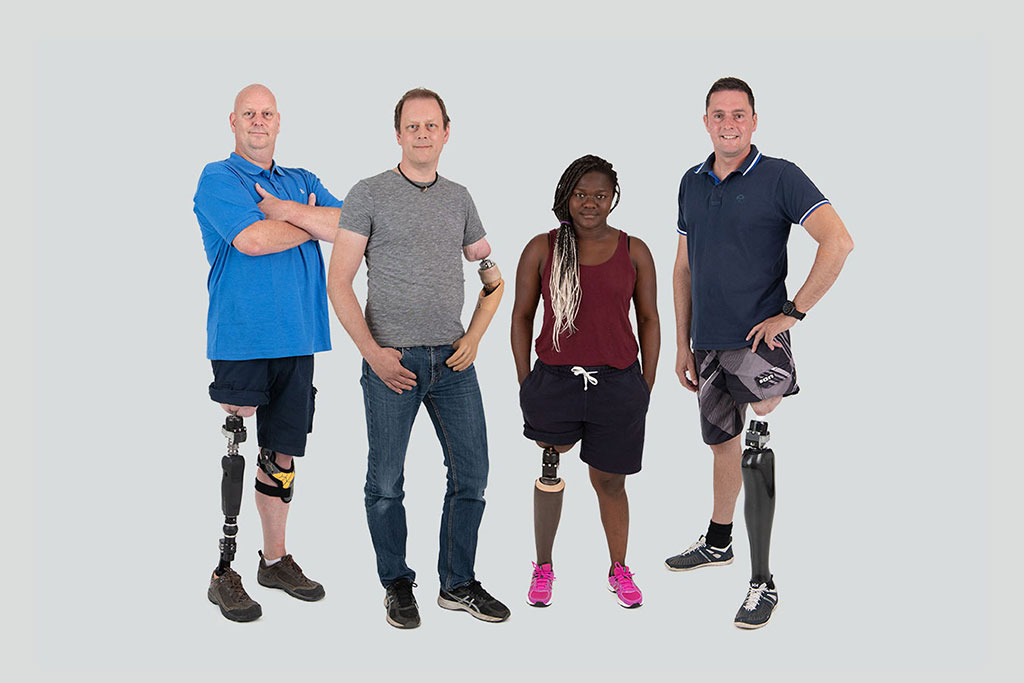Anchored Implant System for Transfemoral Amputations
By HospiMedica International staff writers
Posted on 19 Jan 2021
A novel osseo-anchored prosthesis helps rehabilitate amputees who cannot use conventional socket prostheses.Posted on 19 Jan 2021
The Integrum (Mölndal, Sweden) OPRA is a bone anchored system for above-the-knee amputations in which the prosthesis is directly attached to the bone, thus avoiding the use of socket. The system consists of three parts; an anchoring element (fixture), a skin penetrating connection (abutment), and a securing screw. The fixture is anchored and osseointegrated into the remaining thigh bone so that it can connect to an external prosthetic limb, as opposed to conventional leg prostheses that use a socket fitted over the residual limb to secure the device to the leg.

Image: A prosthesis that connects directly to the leg stump helps amputee rehab (Photo courtesy of Integrum)
Installation of the implant system is completed through two surgical procedures spaced six months apart. In the first procedure, the surgeon implants a cylinder-shaped fixture into the central canal of the remaining thigh bone. Once tissue has grown to anchor the fixture and the skin has healed, the surgeon performs the second procedure to attach and secure the abutment, which extends through the skin and connects to a prosthesis. Patients must undergo about six months of training and rehabilitation after the second surgery before being fitted with their customized prosthesis.
“The OPRA implant system expands options for prostheses for individuals who have had above-the-knee amputations, and can help those who have had, or may have, problems with rehabilitation, and have not been able to benefit from available socket prostheses,” said Raquel Peat, PhD, MPH, director of the FDA Center for Devices and Radiological Health (CDRH) Office of Orthopedic Devices. “Prostheses can help people who have lost a leg due to trauma or cancer to regain mobility and to more easily participate in everyday activities.”
A conventional leg prosthesis uses a specially-fitted, cup-like socket shell that fits over the remaining stump of the patient’s leg (the residual limb remaining after amputation) to secure the device to the leg. Some patients may not have a long enough residual limb to properly fit a socket shell or may have other conditions, such as scarring, pain, recurrent skin infections, or fluctuations in the shape of the residual limb that prevent them from being able to use a prosthesis with a socket.
Related Links:
Integrum













.jpg)
